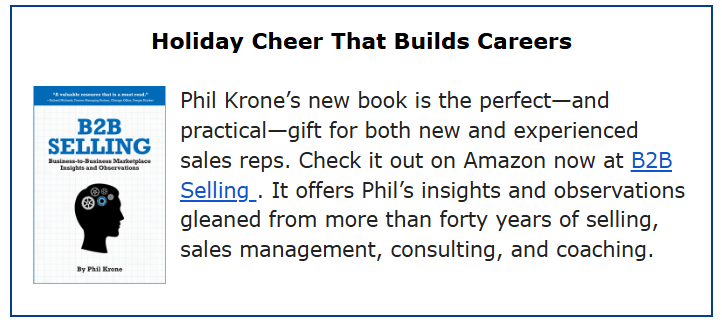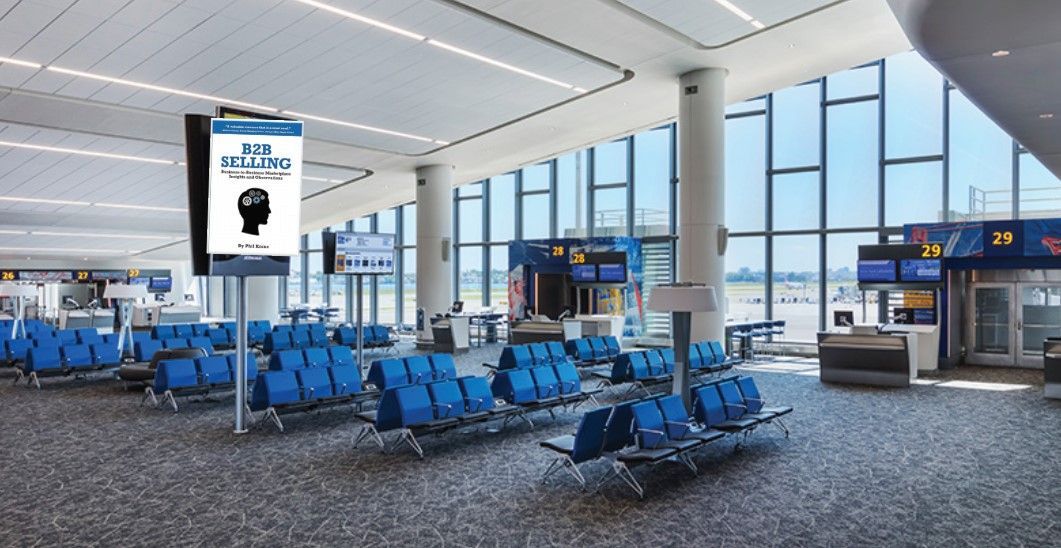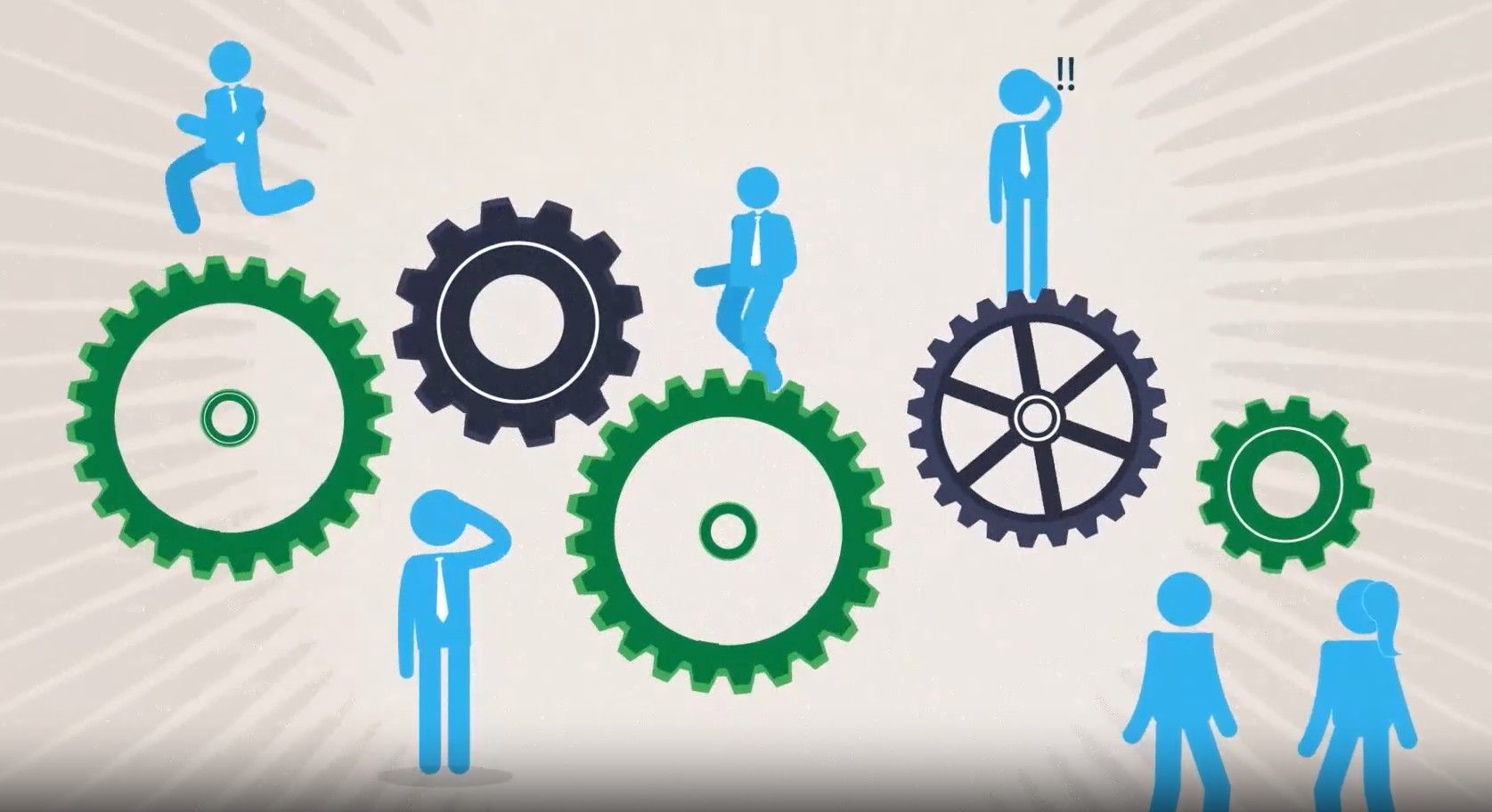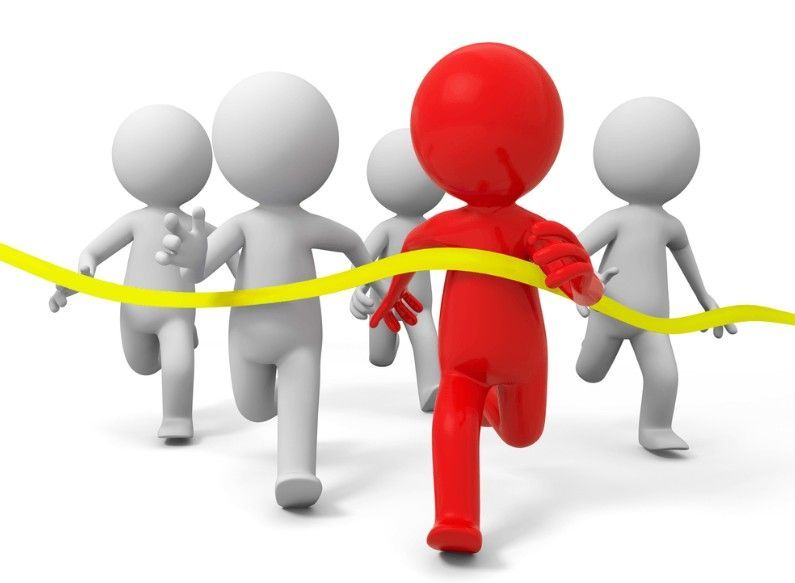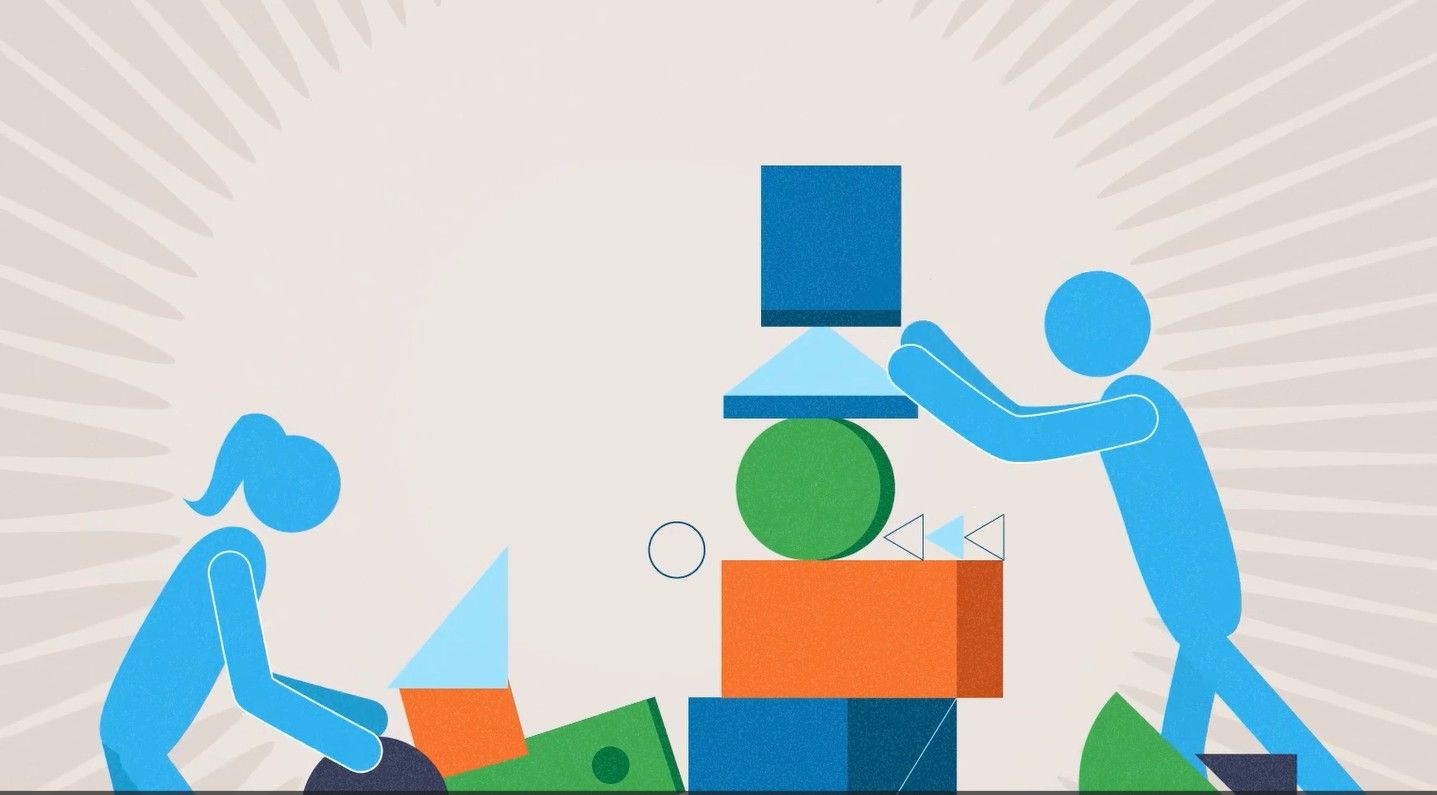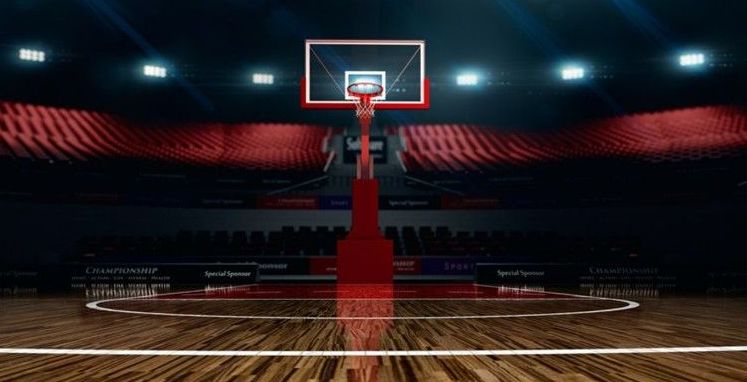When I met Mike his greeting card business was already a big success, but he had not built any golf courses. I asked him how his business started, and he shared with me that on Earth Day in 1971 he and his good friend, Phil Friedmann, were discussing how they could start a business that supported the environment. At that time, celebrating Earth Day by launching a business that sustained the environment was novel—and exciting.
The Five Levels of Marketing - Level Five: Vision Sets the Course
October 15, 2025
Begin with the end in mind and you’re on the path to long-term success.
Years ago, I had a conversation with Mike Keiser, founder of Recycled Paper Greetings (RPG) and now famously known as the golf course developer of Bandon Dunes and other world-class courses.
They asked themselves what kind of business they could enter that enjoys high margins, low risk, and supports the environment. They decided upon greeting cards, a market then dominated by Hallmark. To reduce risk by avoiding expensive overhead they decided to pay independent artists a commission on how many of their designed cards were purchased in the market. The sales effort consisted of getting retailers to offer both Hallmark and RPG greeting cards. The fundamental marketing vision could be written on a napkin: Environmentally friendly, high margins, low risk.
Southwest had a vision that clearly differentiated it from other airlines, especially at the beginning. That vision was a focus on simplicity in each cost center:
- Other airlines flew from city A to B to C to D. Southwest would choose two cities and fly between those cities several times each day. Mechanical, weather, or other problems affected only those two cities, not a longer route with multiple destinations.
- Other airlines flew several different kinds of aircraft. Southwest flew only one Boeing model. This meant it was easier to swap one plane for another if needed, and maintaining a parts inventory could be much less expensive.
- Other airlines performed their own maintenance. Southwest realized that to gain competitive advantage they needed to outsource maintenance to the airline that did it best, Lufthansa.
- Operationally Southwest focused on keeping their planes in the air with fast boarding procedures that avoided another issue of the legacy airlines: expensive systems for assigning seats. Southwest also maximized the time their planes spent in the air by flying between cities with the most predictable weather conditions.
- Southwest created a unique culture driven by the personality type they chose to hire: people who had a good sense of humor and would say funny things to entertain and relax passengers.
- The culture sported low-cost, more casual uniforms, including khaki including shorts that replaced more elaborate, varied, and formal uniforms of the major airlines.
- At the beginning Southwest didn’t even allow checked baggage.
- The vision basically was to create a low cost option for people who wanted to travel from one place to another reliably, efficiently, and at a low cost.
What is your vision for your business? How will it be different? How will it create unique value?
I used examples here of visions created years ago because now we have had sufficient time to look back and measure long-term success. That is what is so valuable about the fifth level of marketing, it has the potential for long-term sustainable success.
Finally, be sure to keep these Five-Level Model Marketing Takeaways in mind:
- The fastest way to increase revenue in the short term is to improve the sales function on Level One. This means stronger consultative selling skills, the development of custom sales processes, and productive coaching.
- Effective use of Level Two information can significantly leverage your salespeople’s time and boost their productivity in Level Three tactical sales campaigns.
- The most efficient way to obtain competitive advantage is to market one level above your competition. If they are marketing on three levels, you differentiate by marketing on four.
- The goal is to gain sustainable competitive advantage on all five levels and at the high end of each one.
- There are many ways to market successfully using the Five Levels Model. The first step in getting started is to identify which level you’re currently on and how well you’re doing. Improve on that level and test other levels as it makes sense to find the best combination for your business.
Please get in touch if you’d like to discuss any of the five levels and how they’re working—or not working—for your business. We’re at pkrone@productivestrategies.com and 847-446-0008 Ext. 1



